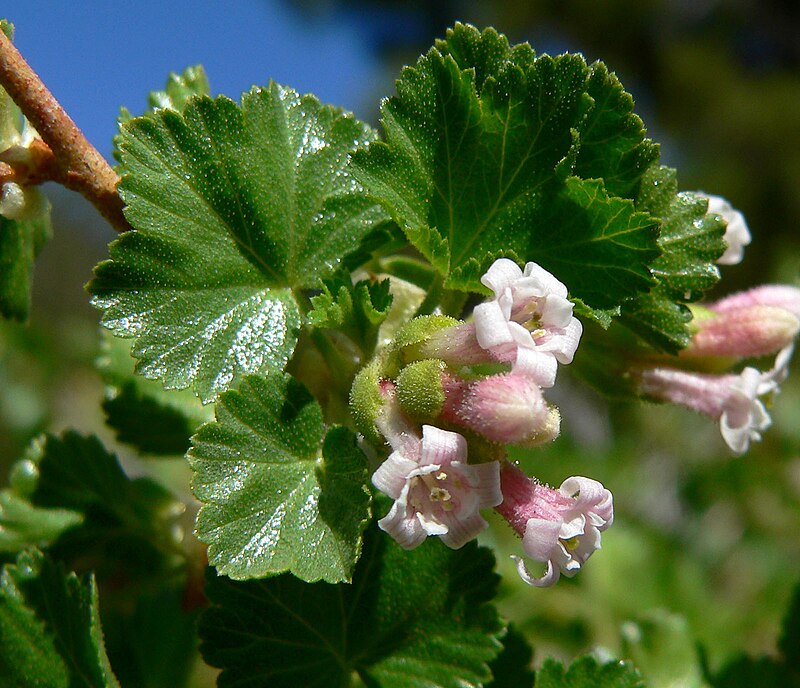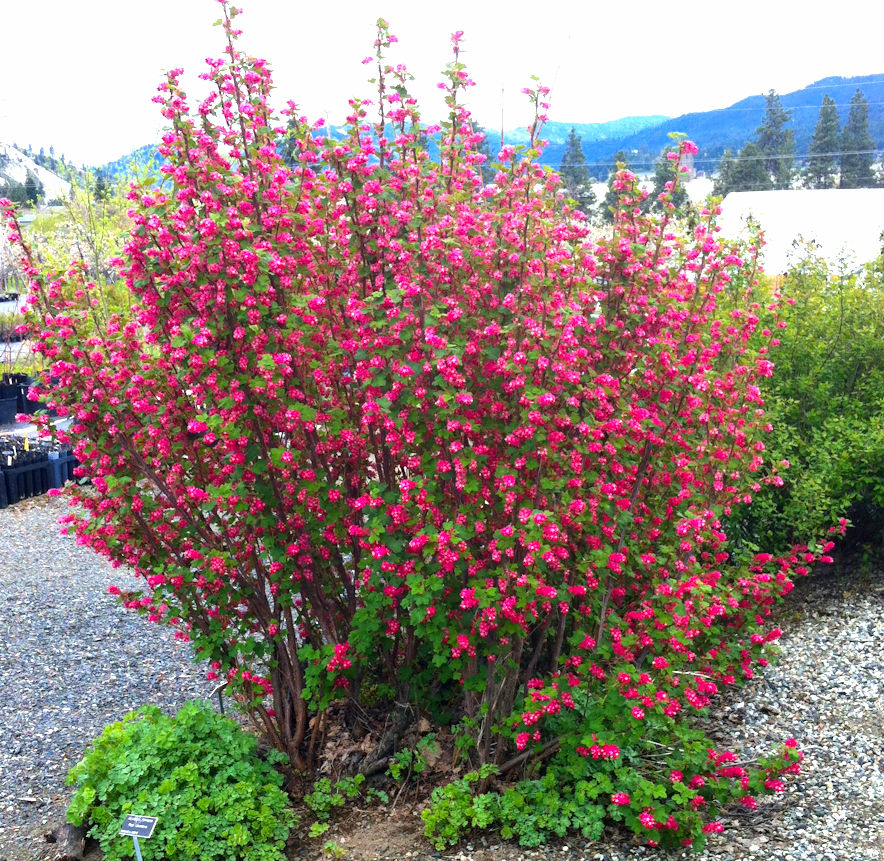The Wax Currant: The Sweetest And Most Beautiful Of Berries
The wax currant (Ribes cereum) is a North American native shrub that is known for its sweet, white berries and its beautiful, white flowers. It is a member of the gooseberry family (Grossulariaceae) and is closely related to the red currant (Ribes rubrum) and the black currant (Ribes nigrum).
Wax currants are relatively small shrubs, typically growing 3-6 feet tall. They have slender, arching branches and glossy, dark green leaves. The flowers are small and star-shaped, with five white petals. They bloom in early spring, before the leaves emerge.
The berries of the wax currant are white, round, and about 1/2 inch in diameter. They are very sweet and have a slightly tart aftertaste. They are best eaten fresh, but they can also be used in pies, jams, and jellies.
Wax currants are a relatively hardy plant and can tolerate a wide range of climates. They prefer full sun and well-drained soil. They are not as susceptible to pests and diseases as other types of currants.
If you are looking for a beautiful and delicious berry bush to add to your garden, the wax currant is a great choice. It is easy to care for and produces abundant crops of sweet, white berries.
Main Content
History and Origins
The wax currant is native to North America, where it can be found growing wild in moist, shady areas. It was first introduced to Europe in the early 17th century and quickly became popular as a garden plant. The wax currant was also introduced to Asia and Australia in the 19th century.
Cultivation
Wax currants are relatively easy to cultivate and can be grown in most parts of the world. They prefer full sun and well-drained soil. They are not as susceptible to pests and diseases as other types of currants.
Wax currants can be propagated from seed, but it is more common to propagate them from cuttings. Cuttings should be taken in the spring or fall and rooted in a mixture of sand and peat moss.
Wax currants should be planted in the spring or fall. The spacing between plants should be about 3 feet.
Wax currants are relatively low-maintenance plants. They should be watered regularly during the growing season, especially during dry weather. They should also be fertilized once a year in the spring.
Wax currants typically begin to bear fruit in their second year. The berries ripen in late summer or early fall.
Harvesting and Uses
Wax currants are best eaten fresh. They can also be used in pies, jams, and jellies. They can also be frozen for later use.
Wax currants are a good source of vitamins C and K. They also contain antioxidants and other beneficial nutrients.
Pests and Diseases
Wax currants are relatively resistant to pests and diseases. However, they can be susceptible to aphids, spider mites, and powdery mildew.
Aphids can be controlled by spraying the plants with insecticidal soap or neem oil. Spider mites can be controlled by spraying the plants with water or insecticidal soap. Powdery mildew can be controlled by spraying the plants with a fungicide.
Conclusion
The wax currant is a beautiful and delicious berry bush that is easy to grow and care for. It is a good choice for gardeners in most parts of the world. If you are looking for a new berry bush to add to your garden, the wax currant is a great option.
Wax currant (Ribes cereum) is a native shrub of western North America. It is a small, compact plant that typically grows 3-6 feet tall. Wax currant has smooth, gray bark and light green leaves that are 3-5 lobed. The flowers are pale pink or white and bell-shaped. They bloom in mid-spring and are followed by bright red berries in late summer.
Wax currant is a hardy plant that can tolerate a wide range of conditions. It prefers full sun to partial shade and well-drained soil. Wax currant is drought-tolerant and can also withstand heat and cold.
Wax currant is a valuable addition to any garden. It is attractive to birds and other wildlife. The berries can be eaten fresh or used to make jams, jellies, and pies.
For more information about wax currant, please visit Garden Wiki. This website provides detailed information about the plant's history, taxonomy, ecology, and cultivation. You can also find photos, videos, and articles about wax currant on this website.
FAQ of wax currant
Wax Currant FAQ
1. What is wax currant?
Wax currant (Ribes cereum) is a small, deciduous shrub native to western North America. It grows in dry, open areas, such as rocky slopes, ridges, and meadows. Wax currant has gray-green, fan-shaped leaves and small, white flowers that bloom in the spring. The fruit is a red or black berry that ripens in the summer.
2. What are the benefits of wax currant?
Wax currant has a number of health benefits. The berries are a good source of vitamin C and other antioxidants. They have also been shown to have anti-inflammatory and antibacterial properties. Wax currant leaves can be used to make a tea that is said to relieve coughs and colds.
3. How to identify wax currant?
Wax currant is a small, erect shrub that grows about 3-4 feet tall. The leaves are fan-shaped, with three to five lobes. The flowers are small and white, and they bloom in the spring. The fruit is a red or black berry that ripens in the summer.
4. Where does wax currant grow?
Wax currant is native to western North America. It can be found growing in dry, open areas, such as rocky slopes, ridges, and meadows. It is also commonly cultivated as an ornamental shrub.
5. How to care for wax currant?
Wax currant is a low-maintenance shrub. It prefers full sun and well-drained soil. It is drought-tolerant and can withstand heat and cold. Wax currant does not need to be pruned regularly, but it can be trimmed to shape or control its size.
Image of wax currant
5 different images of "wax currant" from Pinterest:
- A close-up of a wax currant flower, which is white with a yellow center.

- A shrub of wax currant with its dark green, waxy leaves.

- A cluster of ripe wax currants, which are red in color.

- A wax currant leaf with its distinctive scalloped edges.
- A wax currant shrub in bloom, with its white flowers clustered at the ends of its branches.

Post a Comment for "The Wax Currant: The Sweetest And Most Beautiful Of Berries"